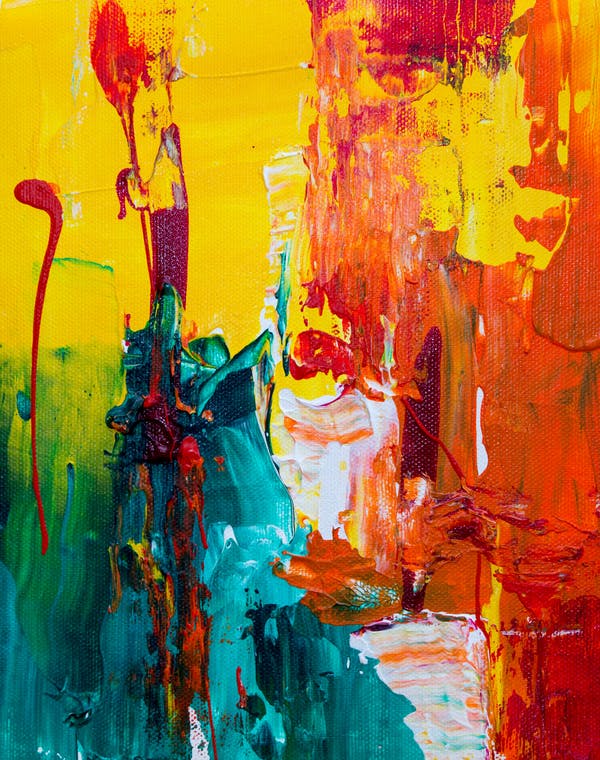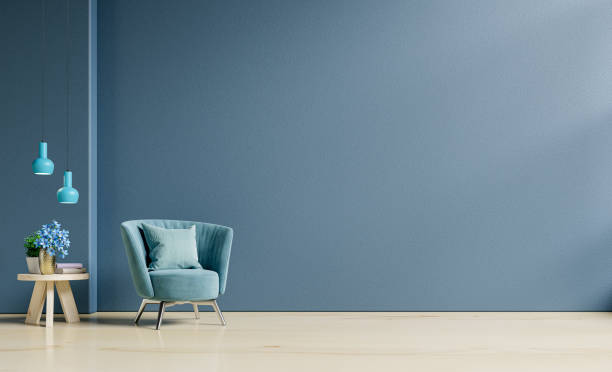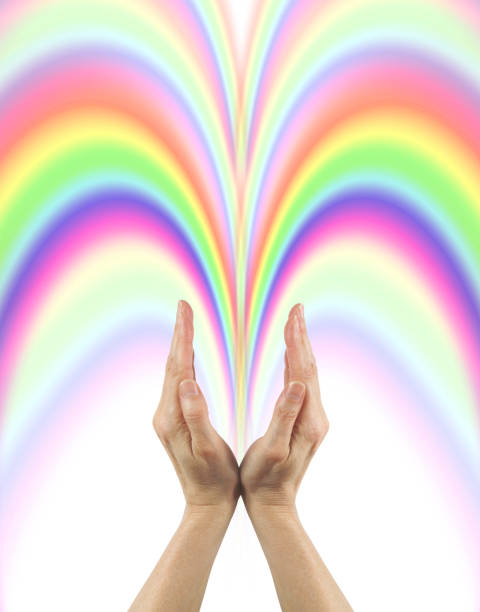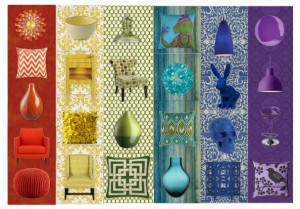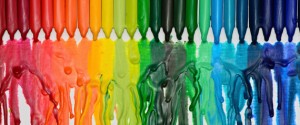With so many wall color options available, it can be hard to decide which one to choose. A beautiful paint color can make a room feel cozy, inviting, and comfortable. But, it can also make the space feel too overwhelming or even odd if you don’t choose the right shade. When choosing the right wall colors for your space, start by considering your existing furnishings, the room’s size, the amount of natural light, and the concept of the room.
When getting ready to paint a room, it helps to understand the basics of color before you begin. Colors can be classified into three categories: warm colors, cool colors, and neutrals. Warm colors include red, yellow, and orange; cool colors encompass blue, purple, and green; while neutrals include gray, beige, and white. Keep in mind that color combinations of warm and cool colors can result in very beautiful, dynamic, and unique color schemes
Before selecting a paint color, learn about your current furnishings. It’s important to consider the color of your furniture, the floor and carpeting, and other existing objects in the room. Choosing colors that complement each other will create a cohesive and comfortable space. Pay attention to the size of the furniture and the dominant colors in the room. For example, if your furniture and carpets are mostly dark colors, find lighter or brighter colors to balance the palette.
In addition to considering the existing objects in the room, it’s important to think about the size of the room. Smaller rooms will appear more spacious with lighter colors, such as white or cream, while larger rooms can handle heavier tones. Also, take into account how much natural light is available. If a room has plenty of windows, you can use dark colors because the natural light will help brighten up the space. If your room has little natural light, however, avoid dark colors or the room may appear dull and dreary.
Lastly, prioritize the concept of the room and find a color that best reflects it. Do you want an energetic or calming space? Neutral colors, such as beige, are perfect for a cozy atmosphere. For a modern, energizing vibe, use bright colors such as lime green or orange. For an artistic aesthetic, select contrasting colors that will draw attention and provide visual interest.
Choosing the right wall color doesn’t have to be a daunting task. Take your time to consider the existing objects and color concepts in the room, as well as the size and natural light. With a little effort and research, you’ll be sure to find the perfect paint color to reflect your style and create a place you will enjoy being in.


